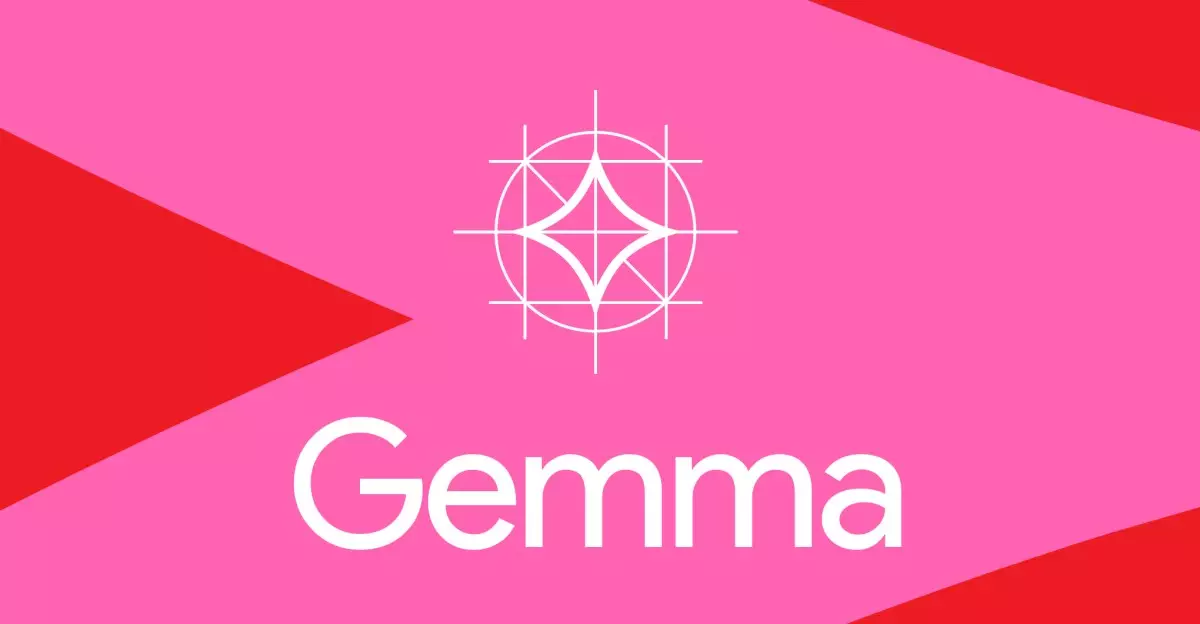In a world dominated by rapid technological advancements, Gemma 3 from Google stands out as a beacon of innovation. It introduces a new era for artificial intelligence by seamlessly integrating the ability to interpret images and short videos along with text. This enhancement elevates the model’s utility, making it a powerhouse for developers who need versatile AI solutions across various devices, from mobile phones to robust workstations.
Gemma 3 is not just an iteration; it is a significant upgrade that shows Google’s commitment to improving AI functionalities. Notably, other players in the AI sector, such as Facebook’s Llama and OpenAI, now find themselves in a more competitive landscape as Gemma asserts itself as the “world’s best single-accelerator model.” This bold claim is backed by performance metrics that suggest Gemma 3 significantly outperforms its competitors when deployed on systems featuring a single GPU, especially those optimized for Nvidia hardware.
Enhanced Features and Safety Protocols
The advancement doesn’t stop at performance. Gemma 3 incorporates an updated vision encoder that supports high-resolution, non-square images, catering to the diverse needs of developers and researchers alike. Furthermore, with the introduction of the ShieldGemma 2 image safety classifier, Gemma 3 ensures a more responsible approach to AI utilization. By filtering out explicit, dangerous, or violent content, this new model raises the bar for ethical standards in AI technology.
What makes these features particularly striking is their relevance in today’s conversation about AI safety. In a landscape where misuse of AI tools is a genuine concern, Google’s proactive approach—declaring a low risk level for the potential harmful applications of Gemma 3—brings a nuanced perspective to the mix. Yet, it raises questions about transparency and responsibility among AI developers and users.
The Ongoing Conversation About Openness
However, challenges remain, primarily surrounding the definition of what constitutes an “open” AI model. This term has become a contentious point, particularly regarding Gemma’s licensing, which imposes strict limitations on its use. Critics argue that without a truly open framework, the potential for innovation may be stifled. Therefore, one must ponder if Google’s approach balances profit motives and fostering a collaborative technological landscape.
Despite these debates, Google’s strategy to promote Gemma with cloud credits showcases a fresh angle on engaging the academic community and encouraging research. The $10,000 credits available through the Gemma 3 Academic program signal that Google is not only interested in monetizing its technology but also in nurturing the next generation of AI research.
Gemma 3 represents more than just another AI model; it is a reflection of the evolving role of technology in our lives. By prioritizing safety, performance, and accessibility, Google positions Gemma as a frontrunner in the competitive AI space. As we continue to explore the vast implications of these advancements, the ongoing discussions surrounding ethical technology are likely to shape the future of AI development for years to come.

